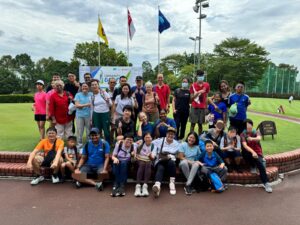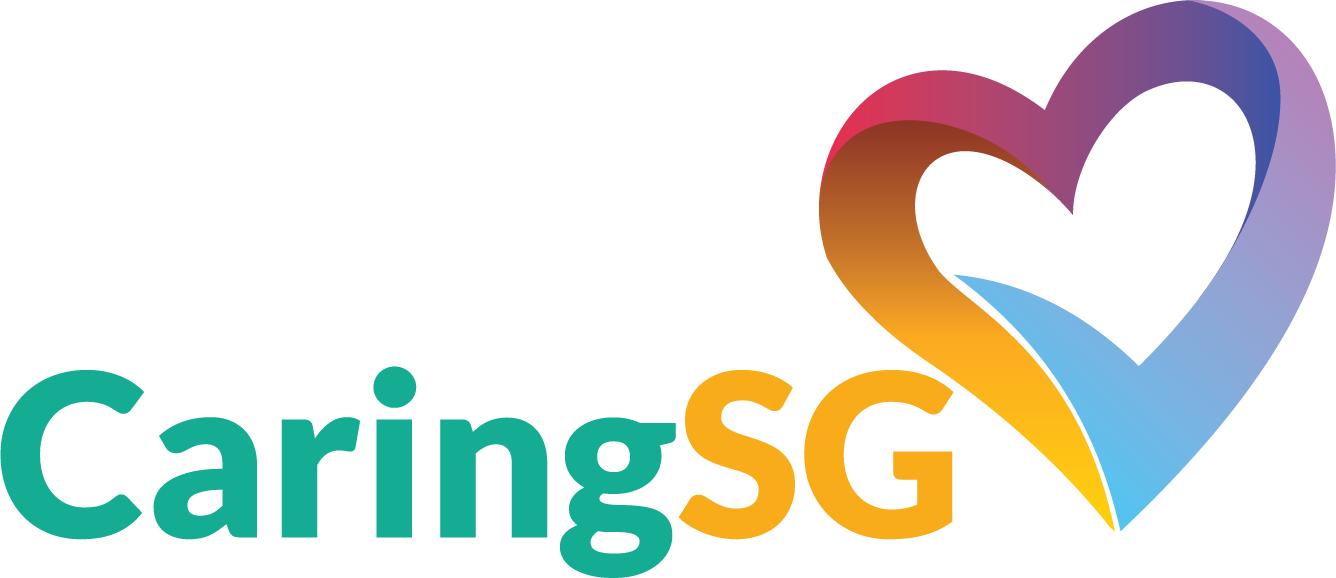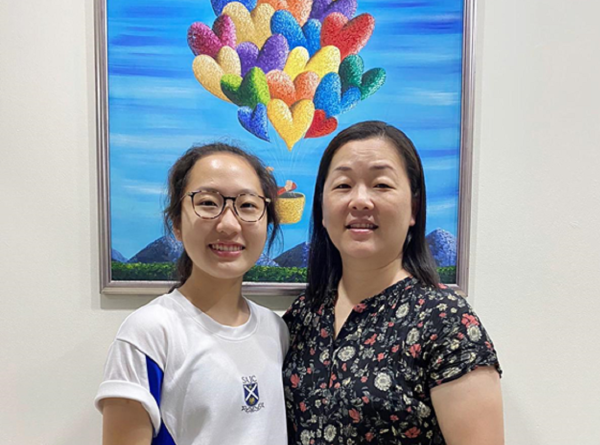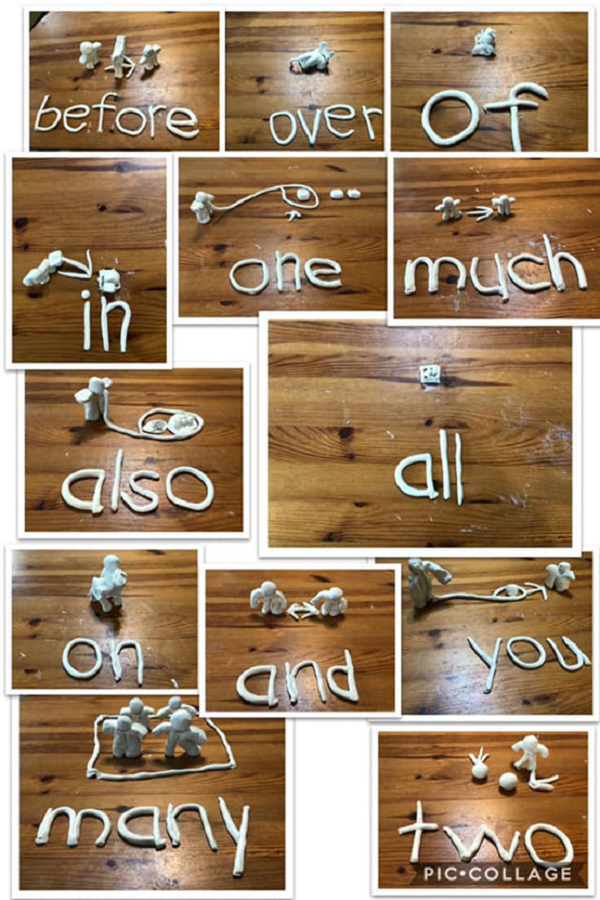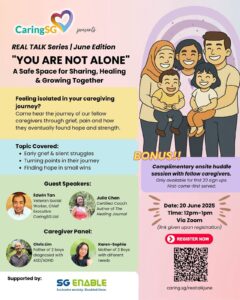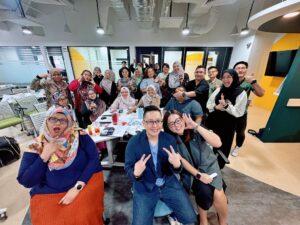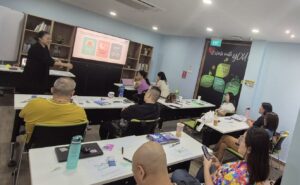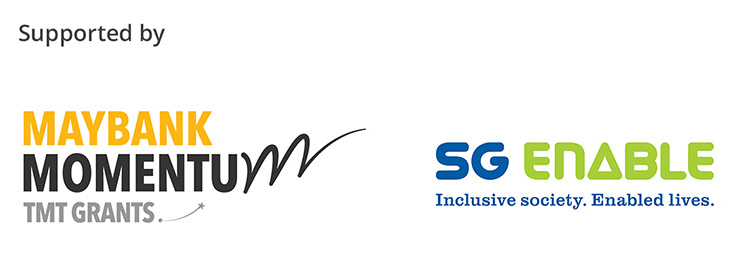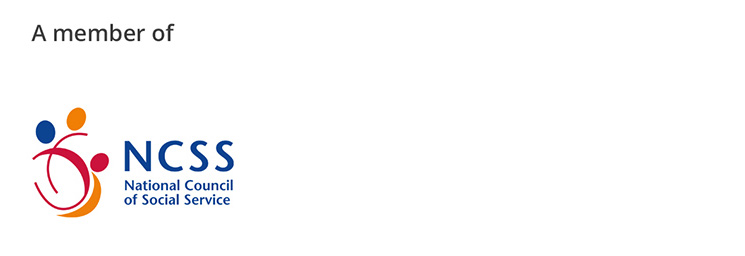Contrary to what most people think, Christina shares that dyslexia is not a complexity but a combination of a few factors that can be tackled step by step. She explains that the symptoms of dyslexia are actually symptoms of disorientation. Disorientation is a state of mind where mental perceptions are not in agreement (i.e. distorted) with the true facts and conditions in the environment. When a dyslexic is sufficiently confused, he will react by disorientating spontaneously, thereby leading to perceptual distortion which results in mistakes made when reading, spelling or writing. Dyslexics therefore need a way to ‘turn off’ the disorientation at will.
But what caused the confusion? Basically, when a dyslexic encounters certain symbols, and all words are symbols (as are alphabet, punctuation marks, speech sounds, math symbols and numerals), they get confused by those symbols whose meaning they cannot picture. Dyslexics tend to think primarily in pictures, as opposed to thinking in words. Because of the way they think, whenever they come across symbols whose meaning they cannot picture, confusion sets in and once that threshold for confusion is reached, they will disorientate and mentally move around to ‘see’ from different viewpoints and angles in order to figure out what that symbol is.
To illustrate, take for example a simple math question – subtract 20 from 100. The majority of children can easily tackle this question, but not so straightforward to a dyslexic. High frequency or common sight words such as ‘from’, ‘by’, ‘the’, ‘if’, etc often caused confusion for dyslexics as they cannot picture the meaning of these words. A child may be able to recognise and pronounce the word ‘from’, but if he does not know the meaning, he would not know how to begin solving the math problem.
After much drilling and repetition to no avail to help the child understand the question, the child is then told by a well-meaning parent or tutor that whenever he sees such questions, he just needs to minus the smaller number with the bigger number. In so doing, the child is taught rote learning, rather than have real understanding or true mastery of the subject.
To resolve the confusion with the word ‘from’, the child needs to master the word in all its three parts ie what the word means (a picture representing the concept/idea of the meaning), what it looks like (the spelling of the word) and how it sounds (the pronunciation of the word). Once the child masters the word ‘from’, which means ‘starting with, beginning at’, the child can now think with the words in the question. So subtract 20 from 100 means he has to start with, begin at (ie from) 100, and then take away 20. Visually, he would be able to put 100 down on paper, followed by the minus sign and 20 below 100 and then do his workings to get to the answer.
There are 219 high frequency words that typically trigger disorientation for a dyslexic. These non-picture words make up about 75% of words on a page. By mastering these trigger words, the source of confusion will be eliminated and they will not trigger disorientation. Therefore, when we remove the reason why a problem exists, the problem ceases to exist!
